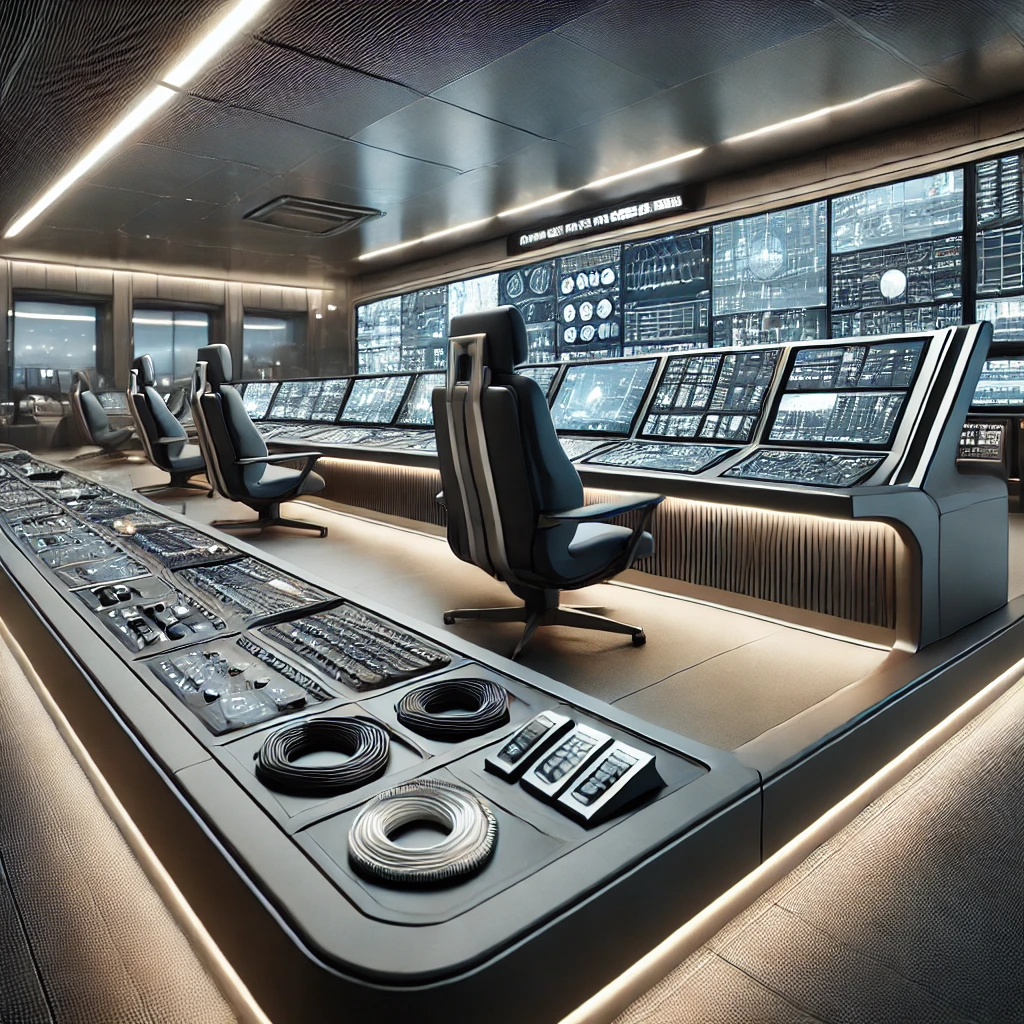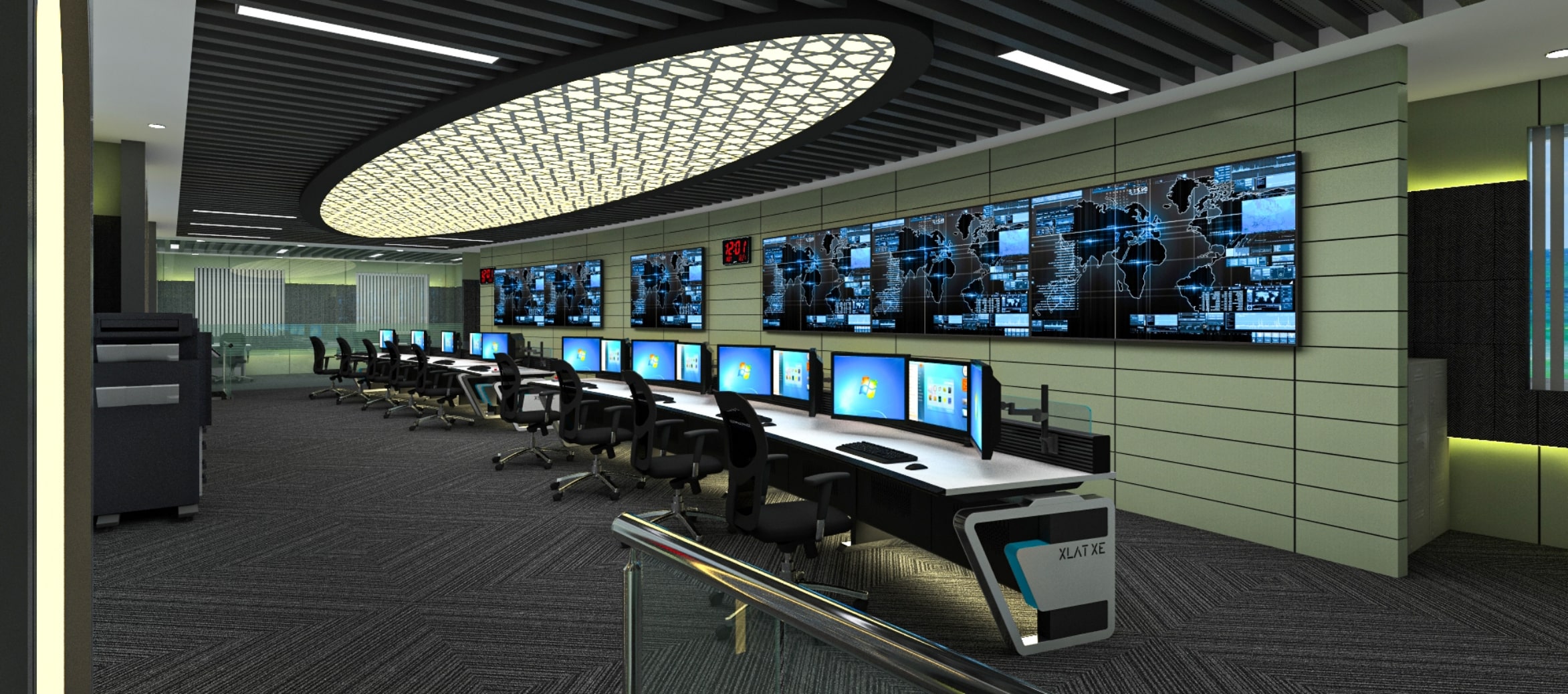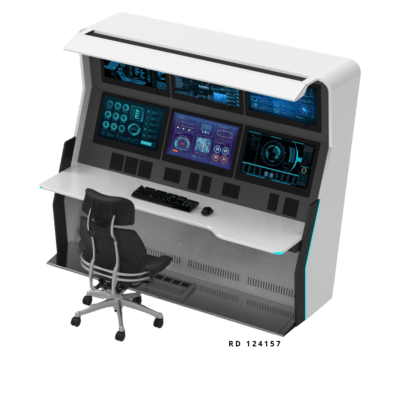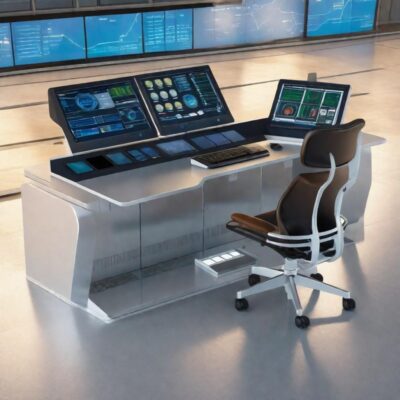
Ergonomic Solutions for Command and Control Centers by PWS
Command and Control Centers are the nerve centers of critical operations, from telecommunications to emergency response. The efficiency and effectiveness of these centers depend heavily on the environment they operate in Control Center Solutions that prioritize ergonomics and operator well-being are essential for optimizing performance and preventing burnout.
The Importance of Ergonomics in Command and Control Centers
Operators in Command and Control Centers often work long hours, facing constant information overload. A poorly designed workspace can lead to physical discomfort, mental fatigue, and decreased productivity. Implementing ergonomic principles is crucial for creating a healthy and efficient work environment.
Ergonomic workstations are designed to fit the user, reducing strain and discomfort. Adjustable chairs, height-adjustable desks, and monitor arms are essential components. By investing in ergonomic furniture, organizations can improve operator comfort, reduce musculoskeletal injuries, and enhance overall well-being.
Beyond individual workstations, the overall Control Center Layout plays a significant role in operator efficiency. A well-designed layout promotes smooth workflow, reduces stress, and enhances collaboration. Strategically placed equipment, ample workspace, and clear sightlines are essential for optimal performance.
Creating an Optimal Control Center Setup:
A well-planned Control Center Setup involves more than just furniture arrangement. It encompasses lighting, acoustics, and technology integration.
- Lighting: Proper lighting is crucial for reducing eye strain and fatigue. A combination of ambient, task, and accent lighting can create a comfortable and productive environment.
- Acoustics: Excessive noise can be distracting and stressful. Soundproofing materials and noise-canceling headphones can help create a quieter workspace.
- Technology Integration: Integrating technology seamlessly into the workspace is essential for modern control centers. Cable management, ergonomic input devices, and adjustable display systems are key considerations.
The Benefits of Ergonomic Command and Control Centers by prioritizing ergonomics, organizations can reap numerous benefits:
- Improved Operator Health and Well-being: Ergonomic workstations reduce physical strain and discomfort, leading to better overall health and reduced sick days.
- Enhanced Productivity: A comfortable and efficient workspace can boost operator morale and focus, leading to increased productivity and accuracy.
- Reduced Errors: Fatigue and discomfort can contribute to errors. Ergonomic solutions help create a more alert and focused workforce.
- Cost Savings: Investing in ergonomics can save money by reducing absenteeism, worker’s compensation claims, and equipment damage.
Case Studies: Successful Implementations of Ergonomic Control Center Solutions
Many organizations have successfully implemented ergonomic solutions in their Command and Control Centers with impressive results. For example, a telecommunications company reported a significant reduction in orthopedic complaints after implementing adjustable workstations and ergonomic chairs. An emergency operations center experienced increased operator satisfaction and improved decision-making through a redesigned control room layout.
The Role of Technology in Ergonomic Control Center Solutions:
Technology plays a crucial role in creating ergonomic Command and Control Centers. Advancements in display technology, input devices, and software have significantly improved the operator experience.
- Display Technology: High-resolution, anti-glare monitors with adjustable height and tilt can reduce eye strain and improve visual comfort.
- Input Devices: Ergonomic keyboards and mice can help prevent repetitive strain injuries and improve typing accuracy.
- Software: Software applications designed with ergonomic principles can help reduce operator workload and improve efficiency.
The Future of Command and Control Centers
As technology continues to evolve, so too will the design of Command and Control Centers. Emerging trends include:
- Virtual and Augmented Reality: Immersive technologies can provide operators with enhanced situational awareness and decision-making capabilities.
- Biometric Monitoring: Tracking operator physiological data can help identify signs of stress or fatigue and optimize workspace conditions accordingly.
- Flexible Workspaces: Adaptable furniture and layouts will become increasingly important as work patterns change.
FAQs
Q1: What are the most common ergonomic issues faced by control center operators?
A: Common ergonomic issues include back pain, neck pain, eye strain, and repetitive strain injuries.
Q2: How often should ergonomic assessments be conducted in a control center?
A: Ergonomic assessments should be conducted at least annually, or more frequently if there are changes in personnel, equipment, or work processes.
Q3: What is the return on investment (ROI) of implementing ergonomic solutions in a control center?
A: The ROI of ergonomic solutions can be measured in terms of improved operator health, increased productivity, reduced errors, and lower costs.
Q4: Can ergonomic design improve collaboration in a control center?
A: Yes, ergonomic design can enhance collaboration by creating open and flexible workspaces that facilitate communication and information sharing.
Q5: What role does technology play in ergonomic control center design?
A: Technology plays a crucial role in ergonomic control center design, with features like adjustable monitors, ergonomic keyboards and mice, and cable management systems contributing to a comfortable and efficient workspace.






No Comments